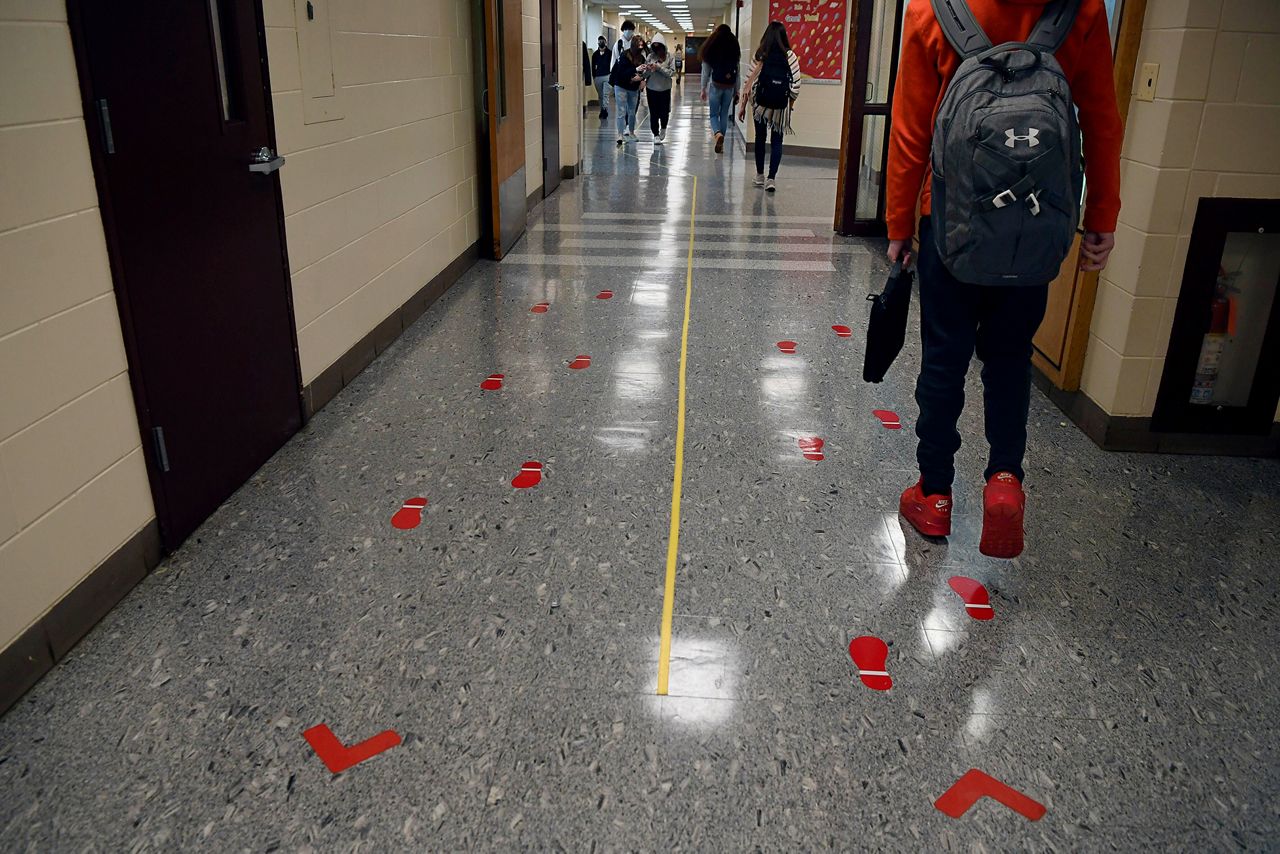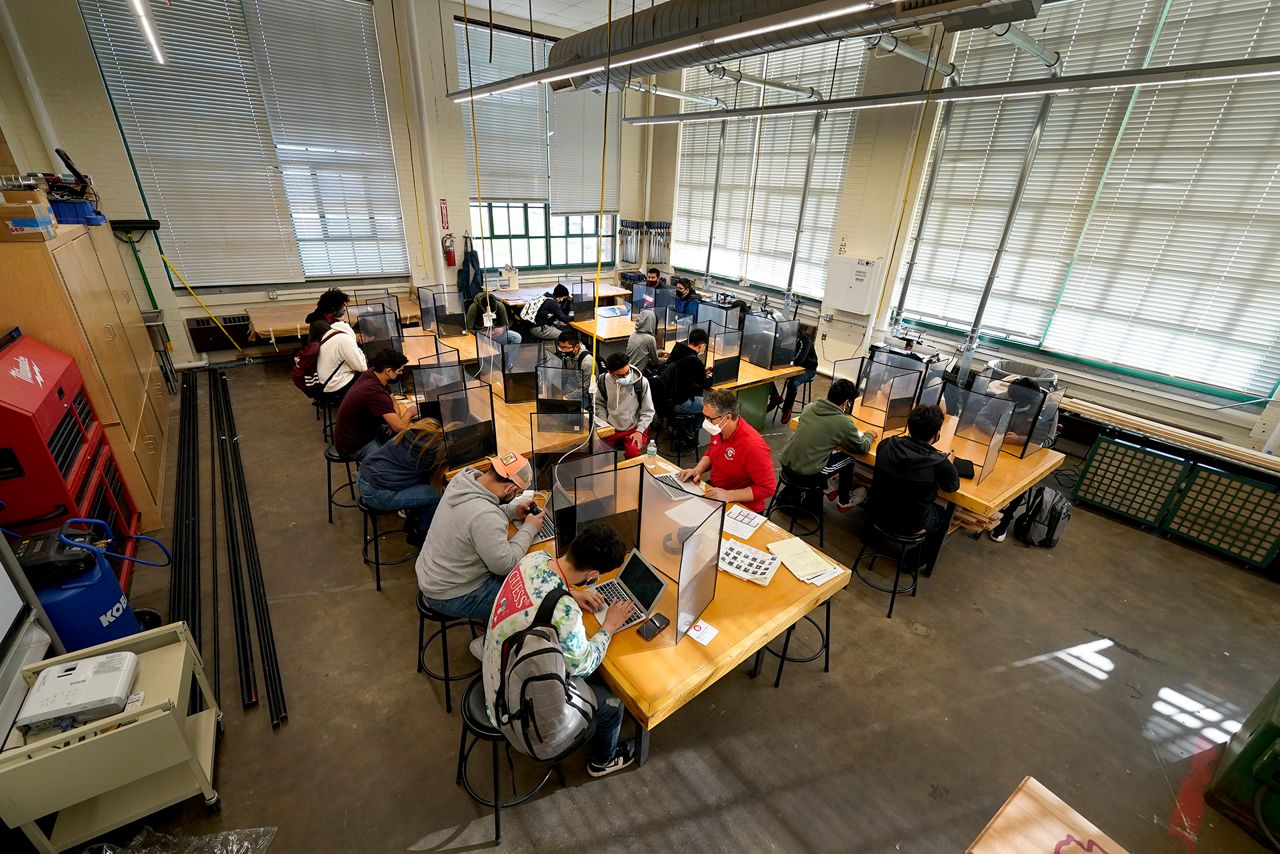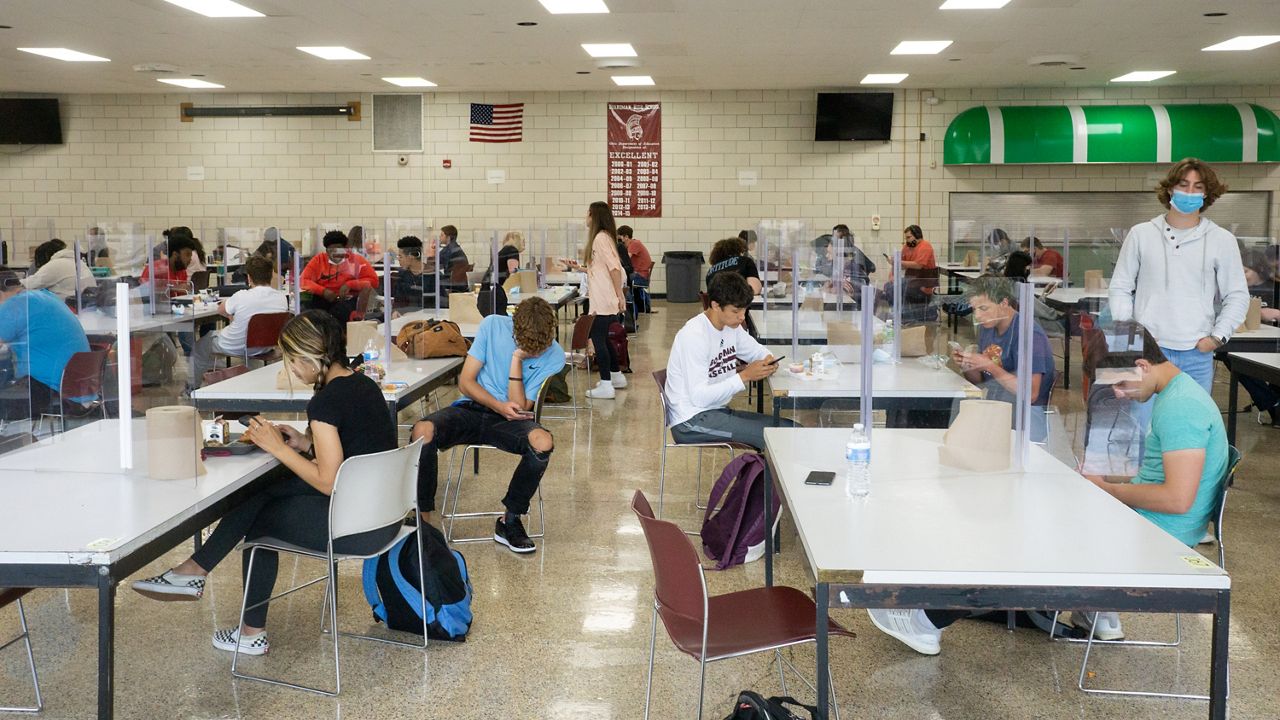COLUMBUS, Ohio — Ohio public schools have received the results of spring assessments, giving administrators data about the impact of the pandemic on student performance.
What You Need To Know
- Spring assessment results were made available to administrators last week
- The Ohio Department of Education said it hopes to have an analysis in September
- One principal says the results were better than he had expected
School officials have not previously had access to numbers regarding how learning disruptions related to COVID-19 affected students, in part because 2020 testing was canceled during the initial COVID-19 lockdown.
The test results were made available to administrators privately through the state’s Online Reporting System.
Officials said the 2021 results would be compared to pre-pandemic testing data to identify how students were impacted as they transitioned in and out of various learning models during the pandemic.
Vladimir Kogan, an associate professor of political science at Ohio State University, is part of a research group that will analyze the assessment results through a collaboration with the state.

Kogan explained that in January, an initial, limited analysis of the pandemic’s impact on education in Ohio was released, looking at the results of fall 2020 Third-Grade English Language Arts Assessment exams — the only test that is conducted in the fall, not the spring.
“That was really where things stood through the end of October, really just for third grade for one subject, so the spring assessments will tell us about a much broader range of grades and also for things like math and for high school courses as well,” he said.
It’s too early to share an analysis of the spring assessments, as the results were only just released to schools, he said.
As the Ohio State researchers go through the results, they hope to glean answers to critical questions about education in Ohio 16 months into the pandemic: What grade levels are struggling most? Which subject matters were impacted more than others? And what are the demographics of the students who have fallen behind?
The Ohio Department of Education said in a statement to Spectrum News that it is conducting its own data analysis in addition to collaborating with Ohio State.

“The spring assessments have yielded a great deal of data and the Department is working to process and analyze all of it,” spokesperson Mandy Minick said. “We expect this work will be completed and we will be able to provide insight into our findings in early September.”
Ohio schools can now view the percentage of students who were proficient in each test on a 1-5 scale.
The tested subjects vary by grade level. They include English language arts, math, science and, for high schoolers, social studies. Minick confirmed that results from all of these tests had been released to schools.
Bill Wingler, principal of Strongsville High School, said he received the school’s results and has begun to assess them.
The Strongsville High test results are “mixed,” but overall, the scores were better than he might have thought given the circumstances, he said.
“We haven't had test results in two years,” he said. “This is going to be a huge piece of data.”
He credits his students’ solid performance to the fact that most of them were learning in-person for the majority of this past school year. In Cuyahoga County, Strongsville was in-person last year more than any other district, and only about 100-150 of the 1,900 students opted for the virtual option, he said.
“Being live is an advantage. There's no doubt about it, and I think that as much as we want to use technology to supplement education, there's still a lot to be said for coming in and learning the good old-fashioned way, so that a teacher can provide direct feedback to a kid,” Wingler said.
The students who remained in virtual learning had a harder time, which he attributes to the challenges of teaching subjects like Chemistry or Human Geography through a computer.

The impact of the pandemic on students’ performance is a combination of the total closure of school buildings in the fall as well as the continued disruptions this past year, which varied from one school to another because school districts in Ohio had the liberty to go with the learning model of their choosing, Kogan said.
The Ohio State report on the third-grade testing results found that students were about a third of a year behind on average statewide. The impacts were most severe among Black students, who were a half-year behind on average, Kogan said.
Based on results from the fall, it’s likely the spring data will also show that the districts which remained in virtual or hybrid models for more of the year than districts like Strongsville will see the brunt of the educational setbacks.
“We found that districts that were fully remote in the fall had students who were more behind than students who were completely in person, and districts that were doing hybrid were somewhere in between,” he said.
With the third grade assessments, test scores declined more in areas of the state where there was more unemployment and economic hardship, Kogan said. Whether that trend continues in the new data will be an item of interest as researchers analyze spring results.
For the first time, the results will also show if younger or older students were affected more by the COVID-19 pandemic.
“There are some reasons to think that the impacts are going to be larger in younger grades where it's harder for students to work remotely than maybe in older grades,” Kogan said. “On the other hand, in older grades you’re going to have more students who were left behind at home by themselves and so potentially had more opportunities to not stay on track.”
With appetite from some Strongsville families for more remote learning options post-pandemic, Wingler said he would be looking at test numbers to determine whether online learning was effective in the district.
He predicts that this round of test results will guide decisions around the state about how much online learning schools should offer in the future.





